Drum and bass (DnB) is a high-energy electronic music genre characterized by fast breakbeats, deep basslines, and intricate rhythms that create a pulsating fusion of dancefloor energy and sub-bass vibrations.
Subgenres of Drum 'n Bass
History of Drum and Bass
Famous DnB Artists
Famous DnB Producers
Production & Mixing Tips
Subgenres of DnB
Breakcore
A subgenre characterized by fast breakbeat drums that are heavily processed, sequenced, and chopped up over synthesized basslines and reggae-inspired vocal.
Ragga Jungle
A subgenre that combines elements of jungle music with reggae influences, featuring fast breakbeats, heavy basslines, and reggae-style vocals.
Hardstep
A subgenre of drum and bass known for its aggressive and dark sound, often featuring heavy basslines, distorted synths, and intense breakbeats.
Darkstep
A subgenre of drum and bass that focuses on aggressive and dark sounds, characterized by heavy basslines, distorted synths, and complex breakbeats.
Techstep
A subgenre characterized by its futuristic and techy sound, featuring complex drum patterns, dark atmospheres, and heavy basslines.
Neurofunk
A subgenre known for its intricate and complex sound design, featuring distorted basslines, intricate drum patterns, and dark atmospheres.
Liquid Funk
A subgenre of drum and bass that showcases a more relaxed and melodic vibe, often characterized by soothing vocal melodies, atmospheric textures, and a focus on musicality.
History of Drum and Bass
Drum and bass, often abbreviated as DnB, emerged in the early 1990s within the British rave scene. It was born out of a fusion of various musical styles, including breakbeat, hardcore, techno, and jungle. The genre’s roots can be traced back to the breakbeat hardcore sound of the late 1980s, which incorporated breakbeats sampled from funk, hip hop, and soul records. As the rave scene evolved and became more experimental, artists began to incorporate faster breakbeats, complex rhythms, and heavy basslines, leading to the birth of jungle music.
Jungle music, a precursor to drum and bass, gained popularity in the early 1990s. It was characterized by its energetic and frenetic sound, featuring chopped-up breakbeats, deep basslines, and reggae-inspired vocal samples. However, as jungle evolved, it became more focused on the rhythm and bass elements, leading to the emergence of drum and bass as a separate genre. Drum and bass retained the fast breakbeats and intricate rhythms of jungle while incorporating new elements such as synthesizers, samples, and electronic production techniques.
Over the years, drum and bass continued to diversify, giving rise to various subgenres like techstep, liquid funk, neurofunk, and more, each with its own unique characteristics and fan base. Today, drum and bass remains a vibrant and influential genre within the electronic music landscape, with artists and producers continually pushing the boundaries of its sound.

The Gear That Shaped DnB
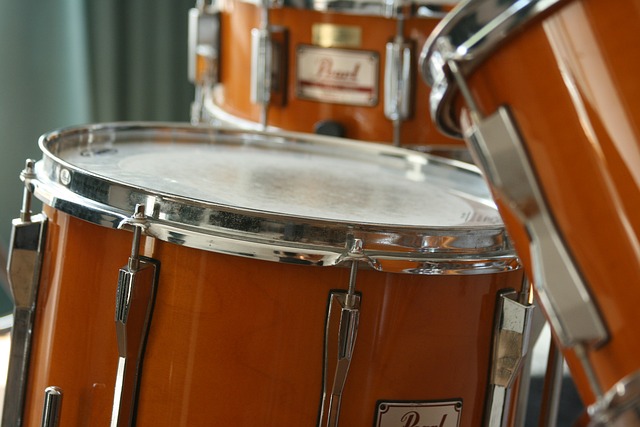

The Amen Break
Not really gear, but the Amen break is the most famous drum break in drum and bass music. It originated from The Winstons’ track “Amen Brother” and has been used in over 4,000 songs. This break, performed by drummer Gregory Coleman, has had a significant impact on the genre’s development, shaping the sound of drum and bass.
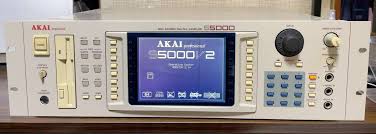

Akai SP950
The Akai SP950 is a rackmount sampler that was popular in the 1990s. It featured a time-stretch function that allowed producers to alter the tempo and pitch of audio samples, including drum breaks. This feature was used to manipulate breaks and create unique sounds in drum and bass tracks.
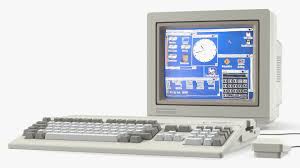

Amiga
The Commodore Amiga computer, paired with software like OctaMED, played a significant role in the early days of drum and bass. It was used to create tracks, including DJ Zinc’s “Super Sharp Shooter.” The Amiga’s sequencing capabilities, sample handling, and integration with MIDI sequencers contributed to the development of computer music, including drum and bass.
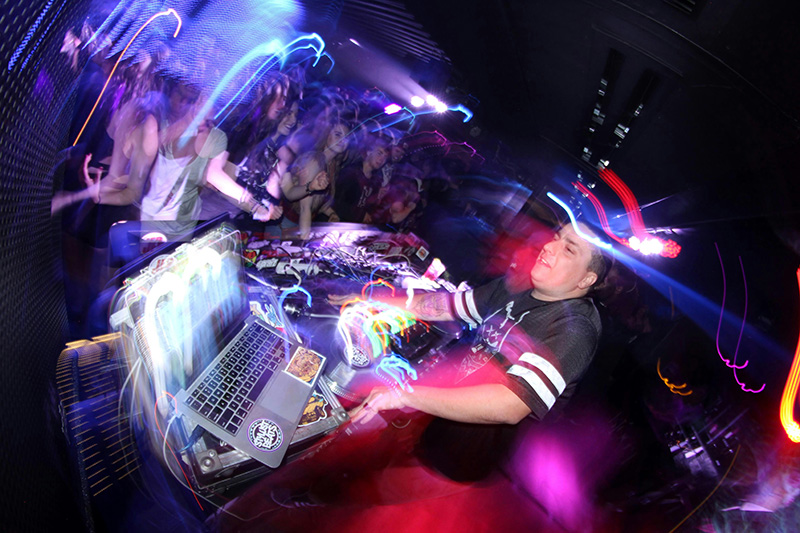

Famous DnB Artists
In the 1990s, notable Drum and Bass artists included Goldie, who played a pivotal role in shaping the genre, Roni Size and his group Reprazent, and Ed Rush & Optical.
Moving into the 2000s, artists like Noisia, Chase & Status, High Contrast, and Sub Focus made waves with their unique styles, blending Drum and Bass with elements of dubstep, soul, and electronic music.
In the 2010s, artists such as Wilkinson, Dimension, and Camo & Krooked continued to push the boundaries of Drum and Bass, incorporating innovative sounds and captivating audiences with their energetic productions.
These artists, among many others, have played significant roles in the evolution of Drum and Bass, shaping the genre and inspiring new generations of artists.
Three Sonic Qualities of Drum n Bass
Speed
Drum and Bass is known for its fast tempo, typically ranging between 160 and 180 BPM (beats per minute). The high-speed rhythms create a sense of urgency and energy, propelling the music forward with a relentless pace. This rapid tempo sets Drum and Bass apart from other genres, contributing to its dynamic and lively nature.
Complexity
Drum and Bass is characterized by its intricate and complex rhythms. The genre often features intricate drum patterns, incorporating fast-paced breakbeats and syncopated rhythms. These complex arrangements keep the listener engaged and create a sense of movement and unpredictability within the music. The layering of various elements, such as basslines, melodies, and atmospheric textures, adds depth and richness to the sonic landscape of Drum and Bass.
Impact
Drum and Bass is renowned for its impactful sound. The genre emphasizes deep, rumbling sub-bass lines that provide a powerful foundation for the music. The heavy bass frequencies create a physical and visceral experience, particularly when heard on a quality sound system. Combined with punchy drums, sharp synth stabs, and energetic melodies, the impact of Drum and Bass is felt both emotionally and physically, making it a genre that can truly move and energize its listeners.
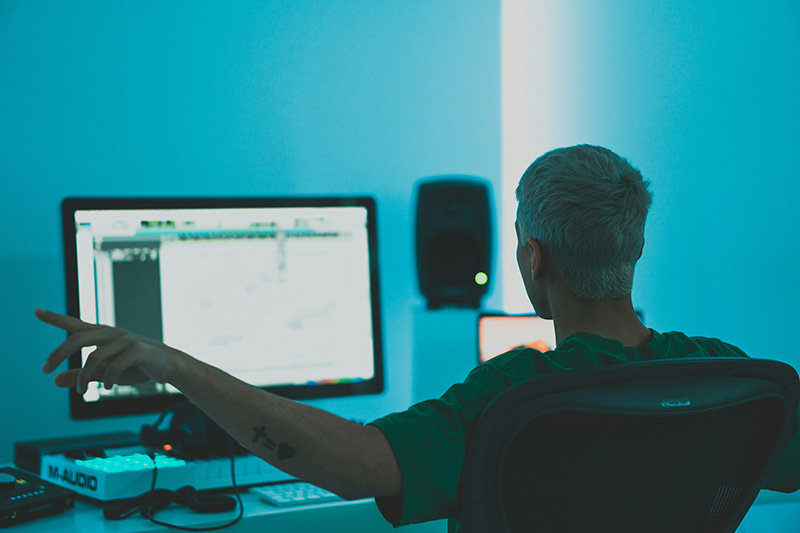

Famous DnB Producers
Drum and Bass has seen the rise of numerous talented producers who have made significant contributions to the genre. While it’s challenging to highlight just a few, here are some notable Drum and Bass producers:
Goldie – A true pioneer in the genre, Goldie’s influence on Drum and Bass is immeasurable. As a producer, DJ, and founder of Metalheadz, he has solidified his status as a visionary in the electronic music scene.
Sub Focus – Known for his infectious melodies and heavy-hitting drums, Sub Focus has been a staple in the world of Drum and Bass. His tracks, such as “X-Ray” and “Tidal Wave,” showcase his knack for blending anthemic vocals with top-notch production.
Andy C – With a career spanning several decades, Andy C is a legendary figure in the Drum and Bass scene. As a producer and DJ, he has consistently pushed the boundaries of the genre and has been instrumental in shaping its evolution.
These are just a few examples of the many talented Drum and Bass producers who have made their mark on the genre. The Drum and Bass community is rich with diverse and innovative artists, each contributing their unique sound and style to the genre’s vibrant landscape.
Three Production Tips & Techniques for DnB
Start with a solid foundation
Building a strong rhythmic foundation is crucial in Drum and Bass production. Begin by selecting high-quality drum samples, including breakbeats, kicks, snares, and percussion loops. Experiment with layering and processing these elements to create a dynamic and punchy drum track.
Focus on the low-end
The bassline is a key element in Drum and Bass. Pay attention to designing a powerful and well-defined bass sound that complements the drums. Experiment with different synthesis techniques, such as subtractive synthesis or FM synthesis, to create unique and impactful basslines. Ensure that the bass sits well in the mix and doesn’t overpower other elements.
Experiment with sound design and effects
Drum and Bass offers ample room for experimentation and creativity. Explore various sound design techniques to create interesting and evolving sounds. Experiment with effects like distortion, delay, reverb, and modulation to add depth and character to your tracks. Don’t be afraid to push boundaries and try new things to create a unique sonic identity.
Why Hire a Professional Audio Engineer or Producer for Mixing and Mastering Rap / Hiphop?
While it is possible to learn and do mixing and mastering hiphop yourself, hiring a professional can provide a level of expertise, objectivity, and efficiency that can greatly benefit your hip-hop music production.
Expertise and Experience
Professional engineers and producers have extensive knowledge and experience in working with hip-hop music. They understand the genre’s specific requirements, such as achieving the right balance between the beats, vocals, and other elements, and creating a polished and cohesive sound.
Technical Skills
Mixing and mastering involve intricate technical processes, including EQing, compression, balancing levels, stereo imaging, and adding effects. Professional engineers have the technical skills and tools to enhance the clarity, depth, and overall quality of the music, ensuring it sounds professional and competitive.
Objective Perspective
Hiring a professional provides an objective perspective on your music. They can identify areas that need improvement, offer creative suggestions, and help bring out the best in your tracks. Their fresh ears and expertise can elevate your music to a higher level.
Quality Equipment and Tools
Professional engineers and producers have access to high-quality equipment, software, and plugins that can enhance the sound and bring out the best in your music. They know how to utilize these tools effectively to achieve the desired sonic results for your rap song.
Time and Efficiency
Mixing and mastering can be time-consuming and require attention to detail. By hiring a professional, you can save time and focus on other aspects of your music career while knowing that your tracks are in capable hands. Professionals have streamlined workflows and efficient processes to deliver timely and high-quality results.